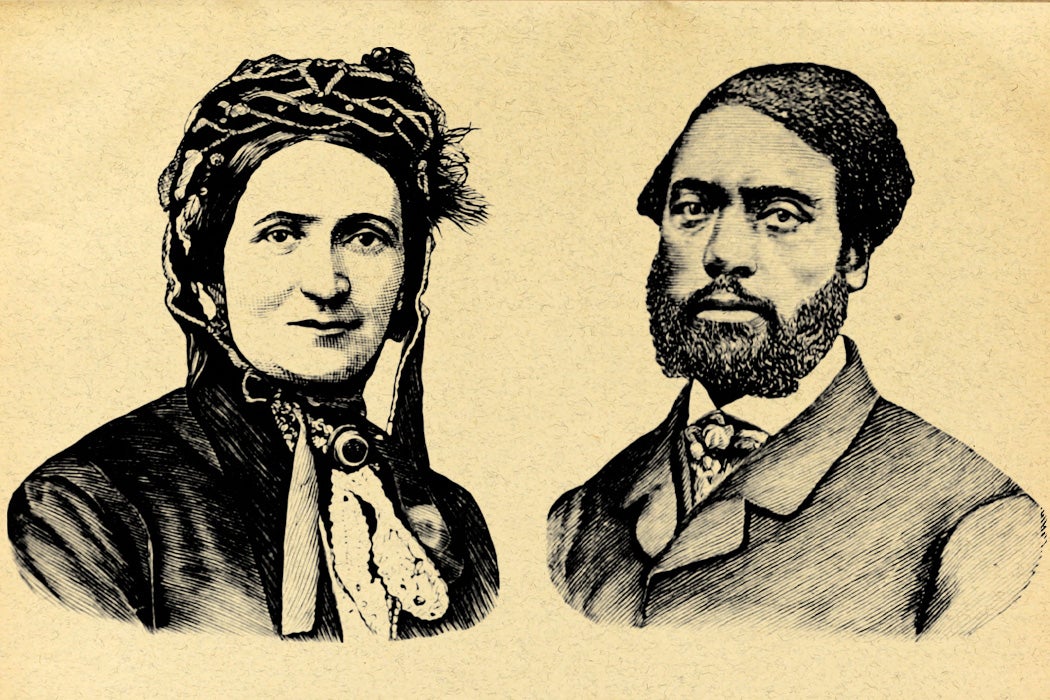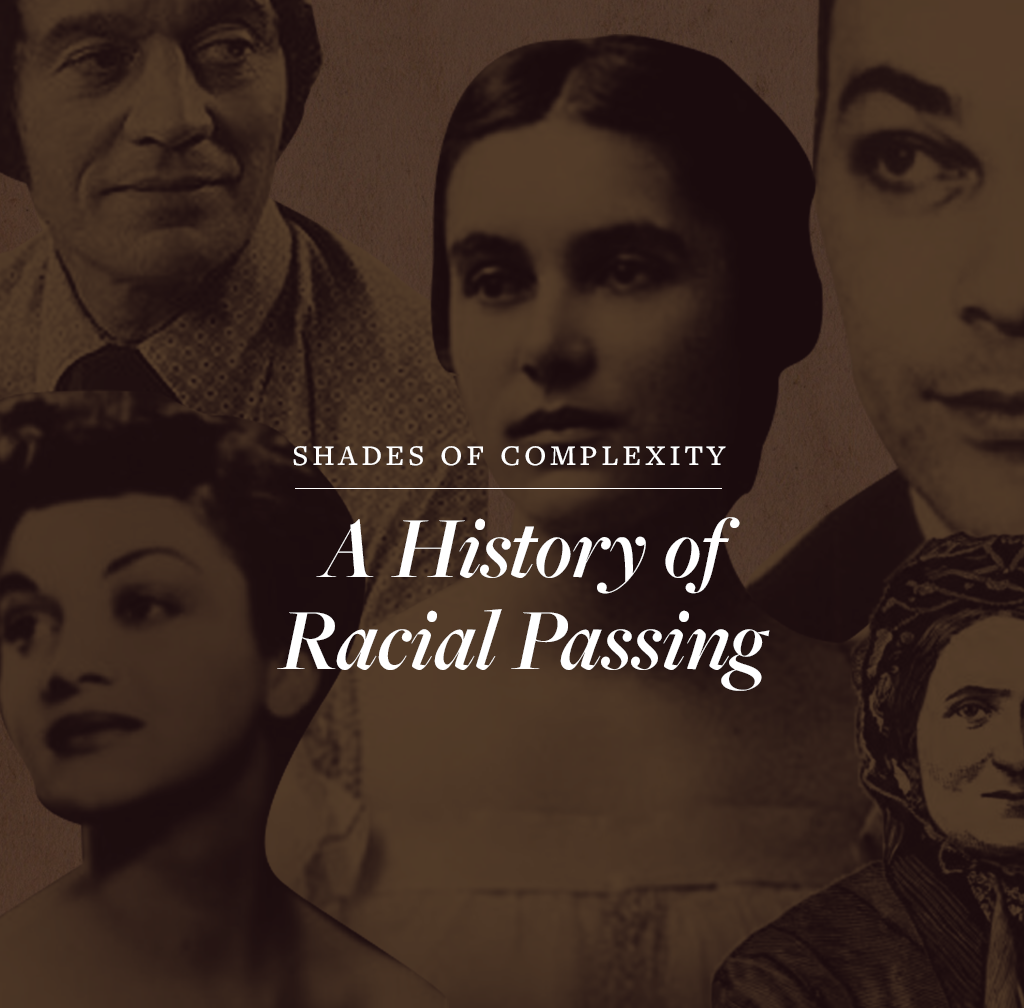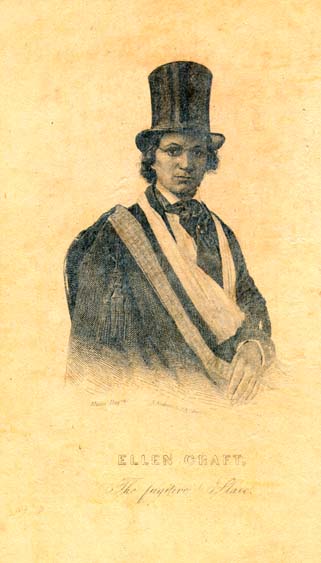Passing for White to Escape SlaveryPosted in Articles, History, Media Archive, Passing, Slavery, United States on 2020-09-19 20:07Z by Steven |
Passing for White to Escape Slavery
JSTOR Daily: where news meets its scholarly match
2020-09-17
 Ellen and William Craft via Flickr/ Flickr |
Passing for white was an intentional strategy that enslaved people used to free themselves from bondage
Racial passing is in the news with the case of Jessica Krug, a white academic who claimed several Black identities throughout her professional career. The phenomenon of white people putting on different backgrounds is widespread—for example, as shown in well-documented cases of white people claiming Native American ancestry. But passing for Black seems, well, different.
One reason for that may be that the idea of passing has historically been linked to Black people passing for white. Scholar Martha J. Cutter, digging into “the early history of racial passing,” argues that it originated in advertisements offering rewards for captured runaway slaves starting in the mid-eighteenth century, decades before the American Revolution.
“The archive suggests that while laws from state to state and in different time periods varied, the idea of an enslaved individual from a black family heritage deliberately passing for white was frequently configured as duplicitous and even incendiary,” she writes…
Read the entire article here.





